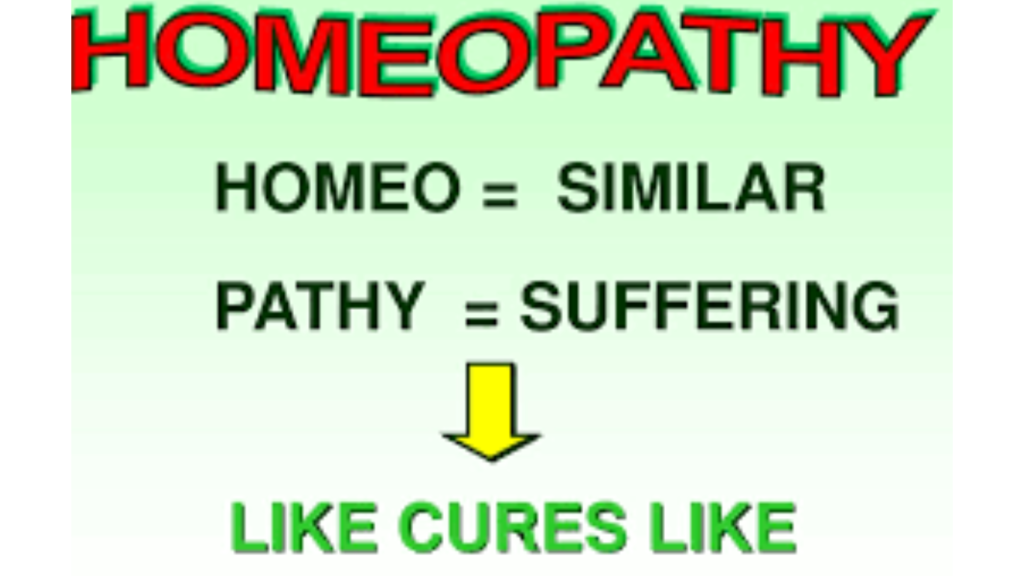
This article is Exploring the Philosophy of “Like Cures Like”: The Core Tenets of Homeopathy
Homeopathy, a system of alternative medicine developed in the late 18th century, stands firmly on the principle of “like cures like,” an idea that might seem counterintuitive to the modern scientific mind. This article delves into the intricacies of this philosophy, exploring its core tenets, underlying concepts, and contemporary controversies.
The “Like Cures Like” Principle: A Cornerstone of Homeopathy
The principle, also known as the “Law of Similars”, forms the bedrock of homeopathic practice. It suggests that a substance capable of inducing specific symptoms in a healthy person can, when administered in minute, diluted doses, stimulate the body’s natural healing mechanisms to alleviate similar symptoms in a sick individual. Imagine an onion causing your eyes to water; according to homeopathy, a highly diluted onion preparation might be used to treat watery eyes due to allergies.
Key Concepts Underlying the Philosophy:
- Vital Force: Homeopathy posits the existence of a vital force, an immaterial energy governing health and disease. Illness arises from an imbalance or disruption in this vital force, and remedies stimulate its restoration.
- Minimum Dose: Unlike conventional medicine, where dosages aim to directly counter the disease, homeopathy utilizes highly diluted substances. This practice, known as potentization, is believed to enhance the remedy’s potency while minimizing potential side effects.
- Individualization: Homeopaths emphasize the unique characteristics of each patient, considering their physical, emotional, and mental state during diagnosis and treatment. This holistic approach contrasts with conventional medicine’s focus on the specific disease.
Examples of Homeopathic Remedies:
- Arnica: Derived from the mountain flower, it’s used for pain, swelling, and bruising.
- Chamomile: Made from the chamomile flower, it’s used for teething pain, irritability, and anxiety.
- Nux vomica: Prepared from the strychnine tree seed, it’s used for digestive issues, headaches, and hangovers.
Criticisms and Controversies:
Despite its widespread use, homeopathy faces significant criticism from the scientific community. The central argument lies in the lack of robust scientific evidence supporting its efficacy. The “like cures like” principle lacks a plausible biological explanation, and the extreme dilutions often render the original substance undetectable, raising questions about its potential therapeutic effect. Additionally, concerns exist regarding the safety and effectiveness of homeopathic remedies, particularly for serious health conditions.
To counter the debate, it can be mentioned that homeopathy has proved to be beneficial and cures hundreds of thousands of incurable patients worldwide. It has become the most practiced form of alternative medicine which is approved by the World Health Organization. Homeopaths emphasize subjective symptoms rather than objective symptoms and the name of the disease itself. The serial dilution of medicine helps the medicine to be more potentized, where the energy, the essence of the medicine, is transferred to the following potencies. When prescribed against the most similar symptoms, it can show miracles both in acute and chronic diseases.
The Ongoing Debate:
The debate surrounding homeopathy is complex and multifaceted. While scientific evidence raises doubts about its efficacy, testimonials from users touting its benefits persist. Ongoing research attempts to bridge this gap, exploring potential mechanisms of action and conducting rigorous clinical trials.
It can be mentioned that classical homeopathy is so effective in comparison to polypharmacy where multiple medicines are prescribed at a time. Those who prescribe polypharmacy or multiple medicines don’t get the expected results. Classical homeopaths always prescribe a single remedy in the smallest possible dose and are successful. Homeopathy is a symptomatic treatment but because of suppression by modern medicine, successful treatment may sometimes be delayed. Otherwise, homeopathy is very fast-acting if prescribed following the principles. All these principles are well explained in the Organon of Medicine. No such medicine has this kind of universal principles.
Conclusion:
“Like cures like” remains the cornerstone of homeopathic philosophy, guiding diagnosis and treatment. However, scientific validation and concerns about its efficacy and safety cannot be ignored. If a homeopath has a deeper understanding of the basic principles, materia medica then the efficacy of homeopathy will be great. The success rate in homeopathic treatment depends on how it is practiced. There is proof that hundreds of medical conditions that are declared incurable by modern are finally cured by classical homeopathic treatment.
For any query please WhatsApp Dr. Benojir (01733797252)
